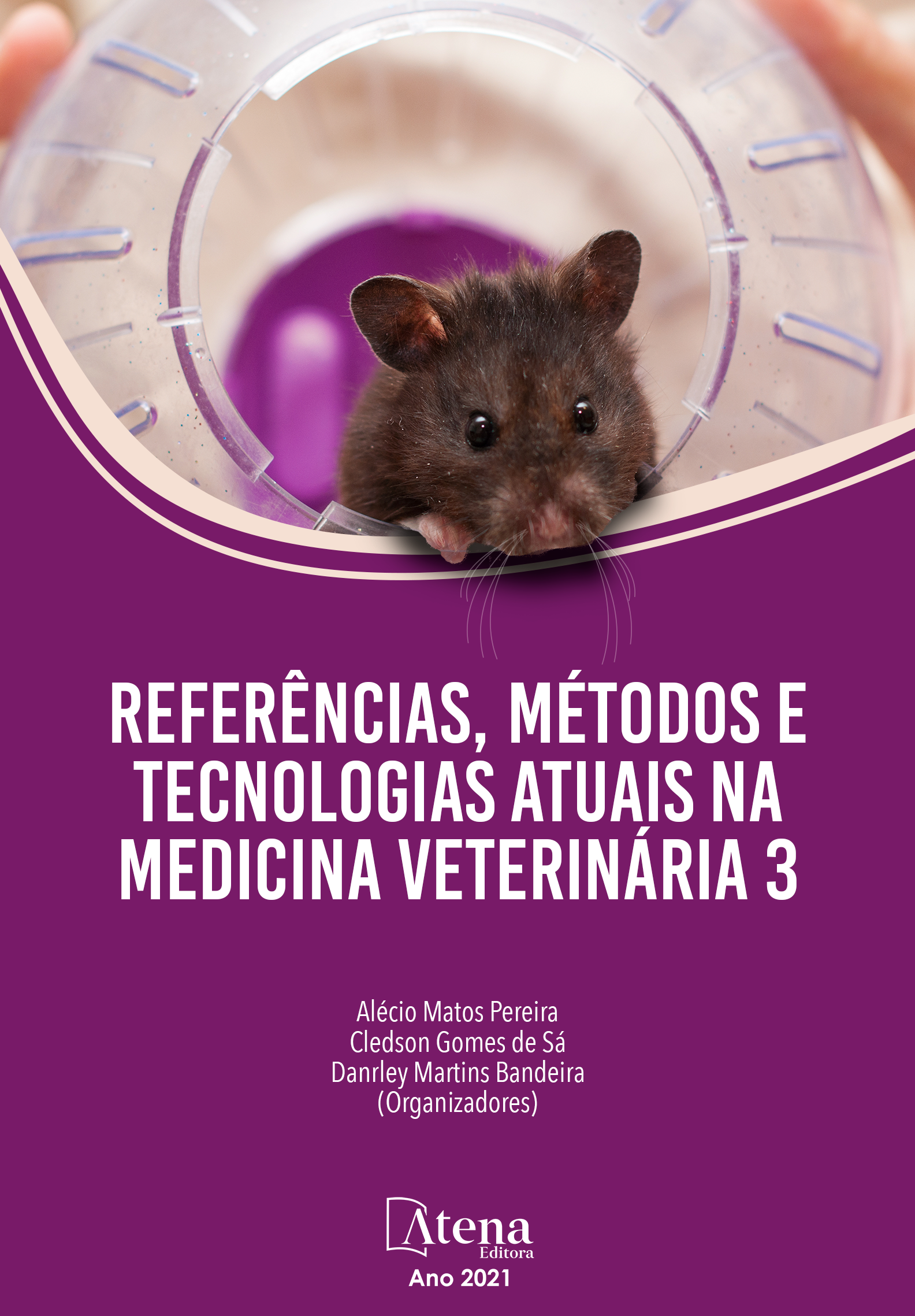
TÉCNICAS ANESTESICAS APLICAVEIS NA CLÍNICA DE PEIXES ÓSSEOS E CARTILAGINOSOS
A medicina veterinária vem aumentando nos últimos 50 anos nos cuidados de animais aquáticos, a realização do trabalho em conjunto com uma equipe multidisciplinar de profissionais, especializados, se faz favorável para entendimento das espécies Centros de Conservação de Fauna Aquática. A tempos as sociedades querem trocar o conceito de Zoológicos e Aquários para uma visão de um Centro de Conservação, a medicina veterinária vem se tornando cada vez mais exploratória. A anestesia nestes animais ganha essencial importância para evitar estresse, visto que não são domesticados e de difícil manuseio em ações diversas, nesses casos o uso dessa ferramenta se faz necessária. O melhor método para indução é através de diluição do fármaco em tanques de água para a imersão. A relação de captação anestésica nas espécies aquáticas pelas brânquias, também promove um esclarecimento na indução, manutenção e excreção de anestésicos, do qual proporciona a elucidação sobre o bem-estar do animal. A benzocaina é o fármaco mais indicado em procedimentos cirúrgicos por ser mais seguro levando em conta o tempo cirúrgico e por ser mais acessível, enquanto o óleo de cravo é o mais indicado para procedimentos não invasivos, como: RX, ultrassom e exames de rotina, levando em conta o peso do animal, temperatura e o Ph da água.
TÉCNICAS ANESTESICAS APLICAVEIS NA CLÍNICA DE PEIXES ÓSSEOS E CARTILAGINOSOS
-
DOI: 10.22533/at.ed.80121200819
-
Palavras-chave: Homeostase, Anestesia, Clínica, Teleósteo, Chondricthyes
-
Keywords: Homeostasis, Anesthesy, Clinic, Teleosts, Chondricthyes
-
Abstract:
Veterinary medicine has been increasing in the last 50 years in the care of marine animals, working together with other areas and specializations as biologists, is favorable for understanding the species. With the growth of aquifers, research centers and aquarium care, veterinary medicine has become increasingly exploratory. The anesthesia in these animals gains essential importance to avoid stress, since they are not domesticated and difficult to handle in diverse actions. The best method for induction is by diluting the drug in water tanks for immersion. The study of the physiology in the relation of anesthetic uptake in the aquatic species by the gills also promotes a clarification in the induction, maintenance and excretion of anesthetics by the species, from which it provides the elucidation on their well-being. In this way, the present study is based on a review of the literature on bony and cartilaginous fish, to better understand its physiology and anesthesia of these species in captivity. Benzocaine is the most indicated drug in surgical procedures because it is safer taking into account the surgical time and because it is more accessible, while clove oil is the most indicated for non-invasive procedures, such as: X-ray, ultrasound and routine exams, taking into account the weight of the animal, the temperature and the Ph of the water.
-
Número de páginas: 13
- Diogo Sant'Anna Maués
- Laura de Oliveira Camilo
- Ísis Borges Corrêa
- Alexandre José Tavolari Arnold
- Renan Dias de Sousa
- Gustavo Papareli Neri
- Carlos Eduardo Malavasi Bruno


